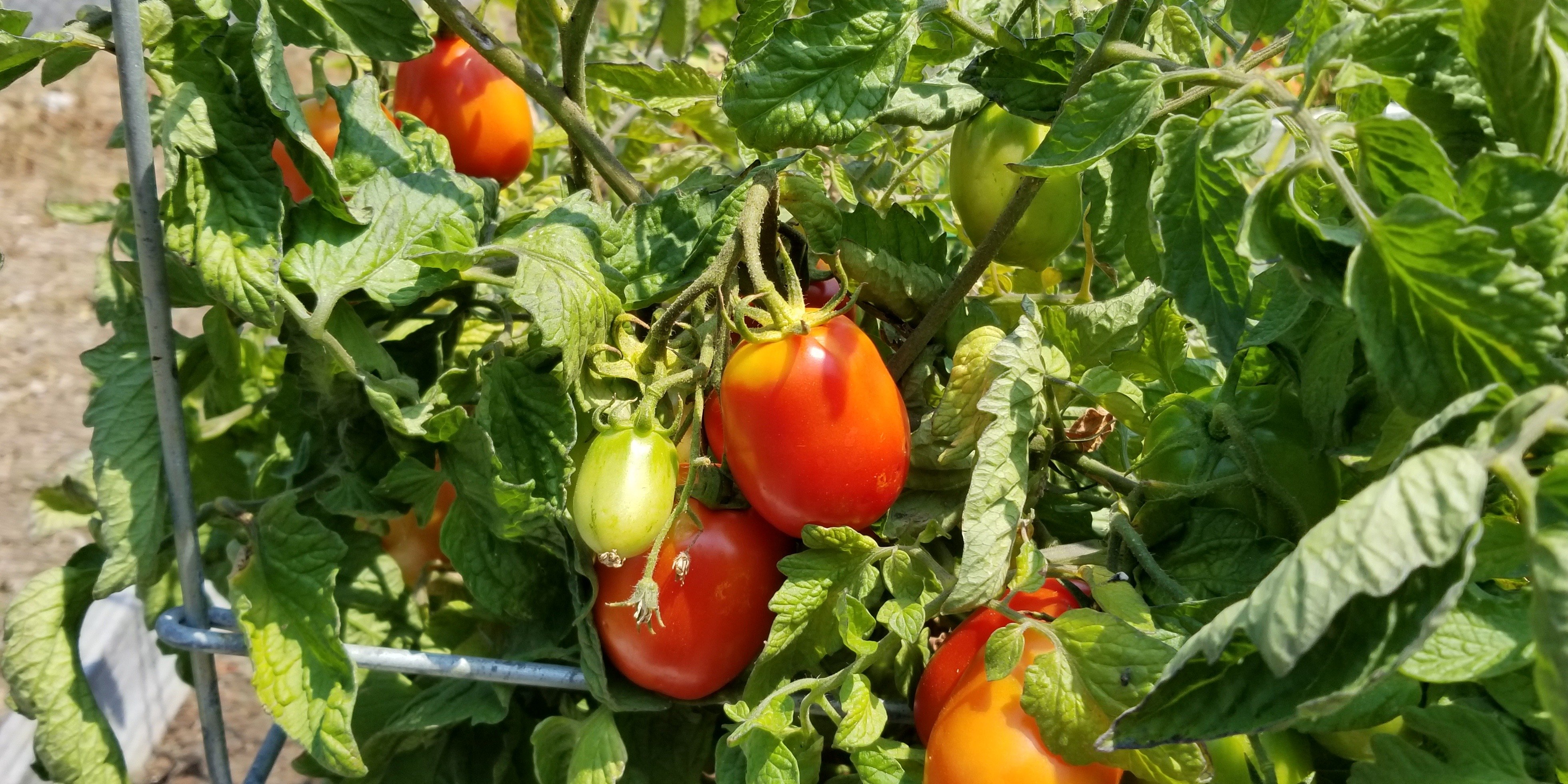You don’t need a big backyard to grow your own food. What you do need, however, is patience, a bit of resilience, and according to most everyone we talked to, forgiveness. We gathered insights from a few of our staff members and garden-based grantees to help guide you through creating a garden of your own.
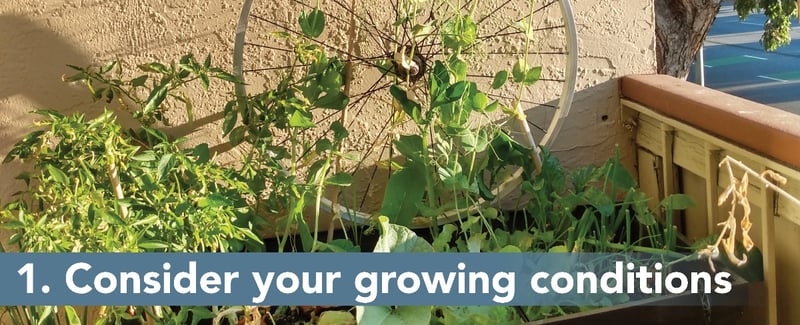
-
1. Consider your growing conditions.
- Ask yourself how much space you have for your garden and how much sunlight it gets. Some plants will have a better ability to thrive in more cramped conditions with varying amounts of sunlight, so when you research the plants you want to grow, understanding the conditions of your potential garden will be key to informing what you pick. Throughout her experience, Kat Hill, Educational Aide at the Authority and avid gardener, has found this to be very important. “Consider the size and climate of your little space.” Does your porch only get sunlight a few hours each day? Or does it get continued direct sunlight? How much space do you have for pots or planters? Will you be planting in your backyard, or in containers on a patio? Hill explained the extra sensitivity of container vegetables stating, “They’re already in stressed conditions, so their surrounding environment is more impactful for them.”
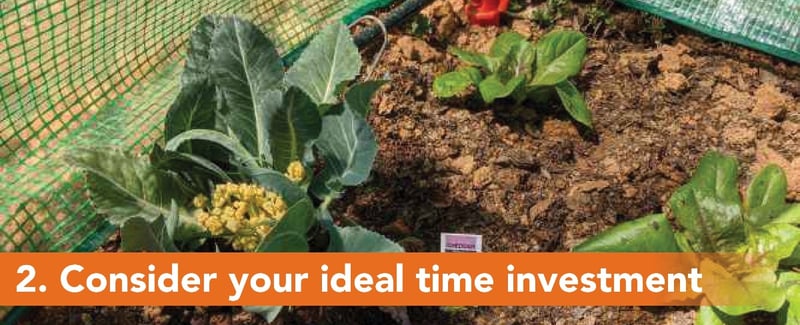
-
2. Consider your ideal time investment.
- How much time are you willing to spend on this garden? Do you want to have more of a hands-off approach or are you willing to spend some time tending to the plants? Some vegetables, like cauliflower and celery, require more maintenance than others, like zucchini and salad greens, so understanding your capacity and constraints will help you decide what plants are right for you.
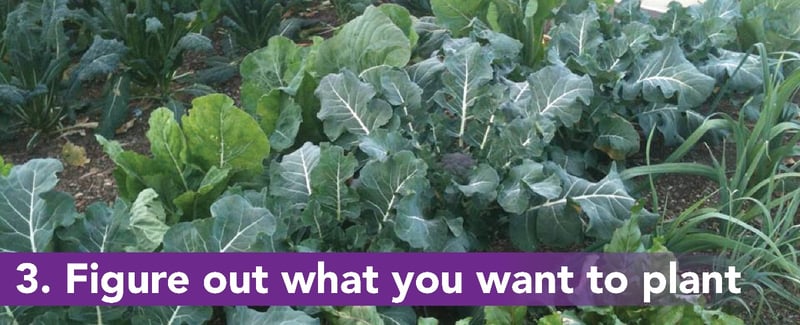
-
3. Figure out what you want to plant.
- One of the first steps in creating your own garden is knowing what it is that you want to plant, whether it’s a certain vegetable, herb, fruit, flower, etc. From there, you can consider whether it would be best to start these vegetables from seeds or transplant. Many vegetables are more successful if you start your seeds indoors in a controlled environment to prevent animals from eating or harming them and to ensure they sprout. However, some vegetables, like green beans, are more successful when they’re started outside in the soil they’ll be living in, because their fragile roots will make a transplant dangerous. Chris Lopez, Open Space Aide at the Authority and experienced gardener, says herbs are great beginner plants. “They even grow in poor soil conditions, and you can add them to almost every meal.” And bonus points if you can include a few native varieties in there -- Hill has recently been focusing on incorporating native plants into her garden, like hummingbird sage, yerba buena, and jeweled onion soap plant, just to name a few.
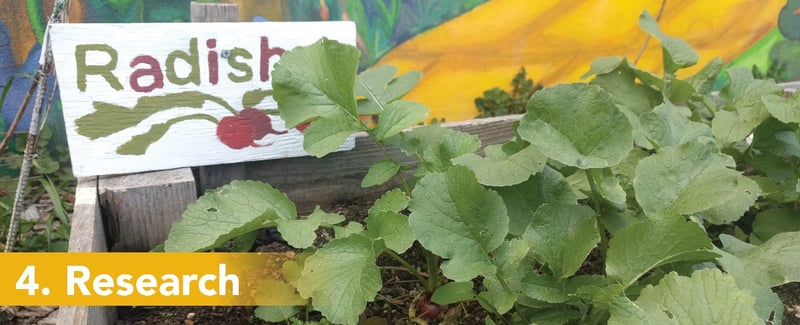
-
4. Research.
- Now it’s time to do your research and find out which plants align with your needs and constraints. Look into the needs of your plants: how much water do they need? How much sunlight? How much space? What is the time and financial investment like? Here are some helpful resources that can assist in your research:
- Vegetable Gardening for Beginners
- Ten Steps to Beginning a Garden
- Patio and Container Gardens
- What Grows Here
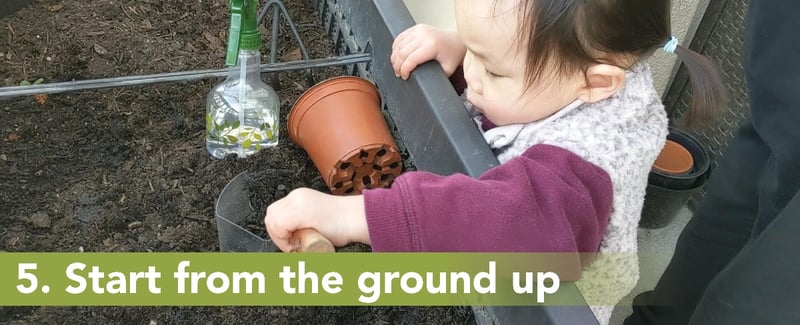
-
5. Start from the ground up.
- Healthy soil breeds healthy plants. Lopez explains that “healthy soil looks like a chocolate cake mix – the darker and richer the soil, the better.” And for raised beds and pots, the common route for small-space gardening, good drainage is necessary. “Be sure to put drainage holes at the bottom of your containers and add gravel or pebbles to assist as well.” If you have the capacity to, create your own compost. This will help minimize your food waste (and therefore your carbon footprint) and make a great addition to your soil. If that’s not an option, he encourages you go to your local nursery for a higher quality soil mix to “get more bang for your buck.”
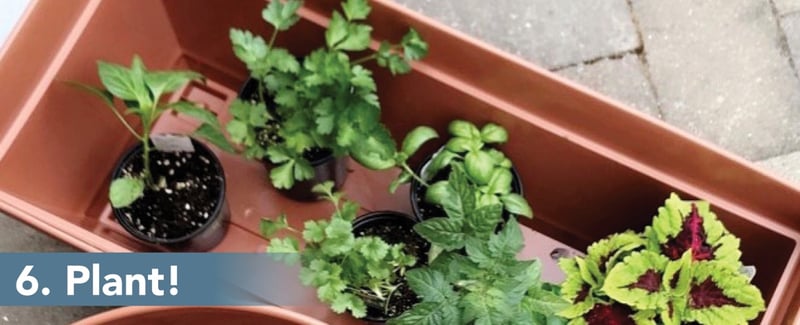
-
6. Plant!
- The most crucial, exciting, and often terrifying step. Plant those plants! La Mesa Verde, a community organization dedicated to improving the local food system, recommends planting transplants in the late afternoon or early evening, ideally when it’s cloudy – transplanting seedlings is stressful on the plant, so minimizing adverse weather conditions is ideal. When it comes to planting, they recommend digging a hole the size of the plant’s roots and making sure that once the plant is in the ground, it’s level with it. The first week after your seeds are planted is when they’re at their most vulnerable, so be sure to water your seedlings every day that week and pay close attention to them to check for dryness and pests.
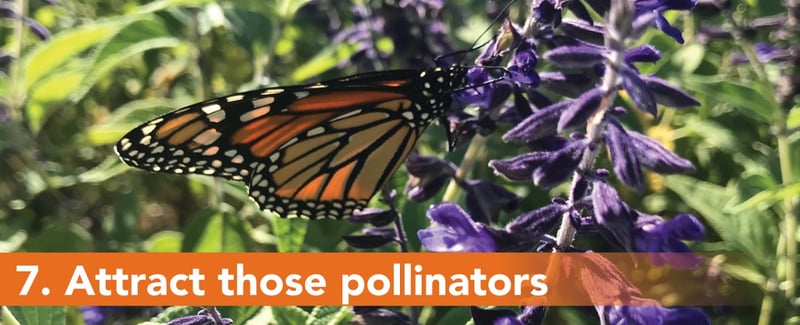
-
7. Attract those pollinators.
- According to Lopez, flowers and herbs attract pollinators, which are crucial to making your plants fruit. Elizabeth Loretto, Office and Human Resources Administrator at the Authority and gardener for over nine years, has learned that it helps to intentionally incorporate plants that will attract pollinators. “Pretty things,” as she puts it. “Don’t overlook enticing the pollinators.”
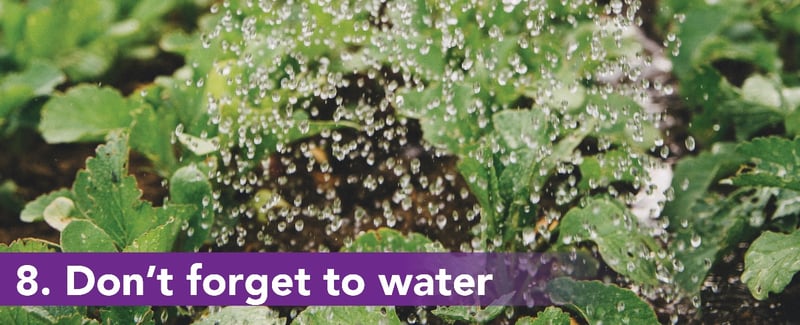
-
8. Don't forget to water.
- As obvious as this one may seem, once you get gardening, you’ll be surprised by how easy it is to forget to do this. Loretto learned in her experience that it helps to dedicate some time -- even just a little -- to check on them and see how they’re doing. According to Hill, you don’t necessarily need to water them every day, but it’s at least worth looking at them every day. Hill, who has a small container garden on her porch stresses the importance of remembering to water, “especially on those hot California days.” Lopez recommends watering early in the morning, or if you can’t, an hour or two before sunset, and says that fully saturating the soil with water less frequently is better than shallow watering every single day. “Deep soaks three to four times a week promotes deeper roots and healthy plants.”
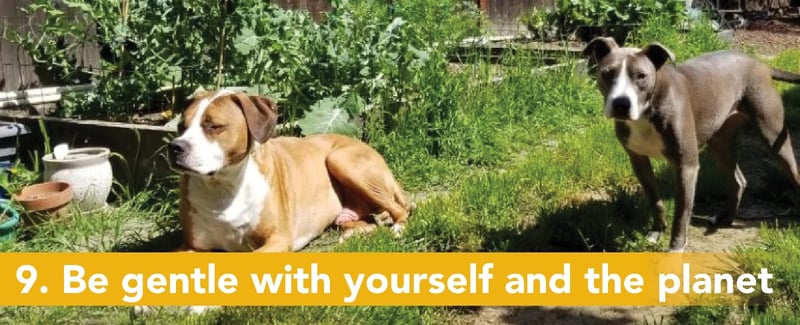
-
9. Be gentle with yourself and the planet.
- There will be challenges throughout your gardening journey. Forgive yourself, forgive your veggies, and forgive the wildlife who will inevitably take interest in your plants (trust us, this will happen). Hill likened it to the notorious first pancake. "Every batch of pancakes has the sacrificial pancake, so try to think of it like that.” When things grow in the wild, the expectation is that they will be eaten – they sustain other forms of life like they do humans, so it makes sense that this will be no different in a garden. According to Lopez, “you can do all the research you want, but at the end of the day, you are at Mother Nature’s will.” You can be as intentional, scientific, and prepared as possible, but there is only so much that you can control.
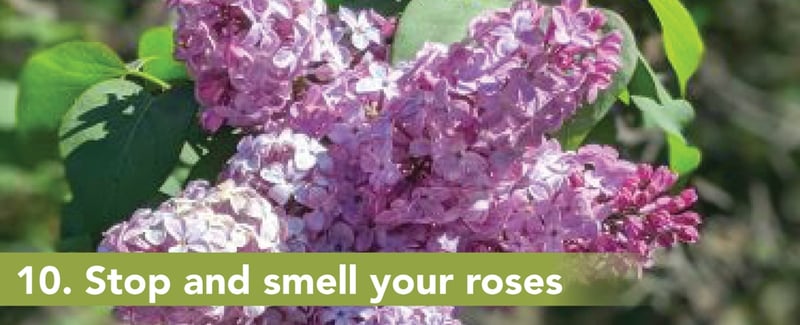
-
10. Stop and smell your roses.
- Enjoy the process! Things will inevitably fail and that is just okay. Sometimes, things don’t work out. Some plants look promising as they grow, only to die for what feels like no reason. Some seeds never sprout at all. When approaching gardening, expect that the unexpected will occur, and you’ll find yourself much more at ease when that darn orchid dies again. Our staff has learned to appreciate the little things throughout the journey, and not to make it all about the harvest (as satisfying as that part is). Hill has found lots of joy in seeing the added presence of wildlife that her veggies are attracting. Loretto finds joy in even just incentive to get time outdoors to tend to her vegetable garden. “Appreciate what does come from it, and don’t focus on perfection.”
Photos courtesy of Open Space Authority staff and their home gardens!
